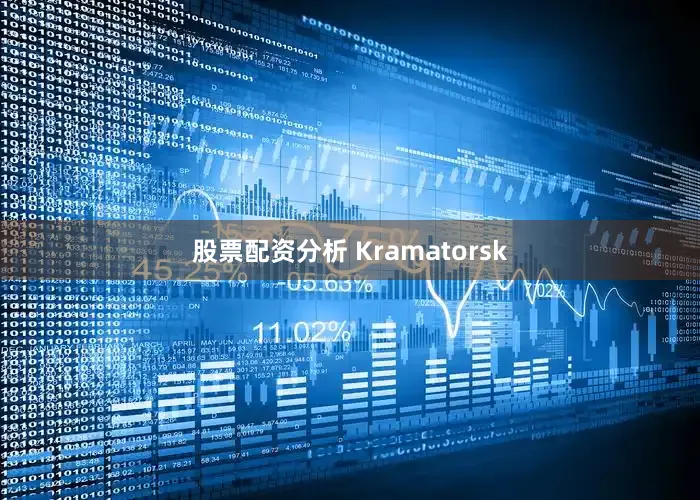
This article is exclusively published on Today’s Toutiao and strictly prohibits any unauthorized reproduction.
Observer Network reports that the G7 summit took place as scheduled in Canada. Originally intended as a platform for Western allies to coordinate their positions, European media bluntly described the event as a “G6 versus Trump showdown.”
European outlets noted that Western leaders are caught in a dilemma: they want to unite in pressuring Trump to cease his economic battles against allies and maintain a consistent stance on the Russia-Ukraine conflict, yet they also fear that pushing this unpredictable US president too hard could backfire.
展开剩余90%Reuters also observed that despite widespread dissatisfaction with Trump’s policies, most leaders prefer to avoid direct confrontations to prevent escalating diplomatic crises.
In this undercurrent-filled diplomatic contest, Ukraine has become the most awkward player. Although Zelensky personally attended the summit, a Ukrainian official admitted to Reuters, “We stopped expecting a tough statement from the G7 long ago. As long as Trump agrees to meet Zelensky, that’s considered a success.”
European officials, meanwhile, have more pragmatic calculations: they hope to use the G7 and NATO summits to convince the US to continue joint pressure on Russia.
However, the US focus has already shifted toward the Middle East. Open-source naval tracking shows that the USS Nimitz, originally positioned in the South China Sea, has redirected to the Middle East. Simultaneously, 26 US air refueling tankers are en route from the US mainland to Europe for transit, with their final destination also the Middle East.
Even the air defense systems stationed in Ukraine have been urgently redeployed, leaving Kyiv on edge.
According to Reference News, Zelensky recently appealed to the US, expressing concern that aid to Ukraine might decrease due to escalating tensions in the Middle East. Yet current developments suggest that no matter how loudly Ukraine protests, US military assistance will not increase, while Russia’s offensive will continue, intensifying on multiple fronts.
Zelensky reported fierce fighting recently near the Sumy region border. Although Ukrainian forces have temporarily repelled Russian advances, frontline reports reveal 53,000 Russian troops massing nearby, with the most intense clashes only seven kilometers from the border.
Simultaneously, Russian forces have launched a three-pronged encirclement in Donbas: a strong northern assault aimed at establishing a bridgehead near Kharkiv, a central push towards Krasnyi Lyman, and a southern offensive targeting the key fortresses of Sloviansk, Kramatorsk, and Donetsk-Kostiantynivka. Should these cities fall, Ukraine’s entire Donbas defensive line would collapse, potentially allowing Russian forces to surge toward the Dnipro River.
The Russian offensive clearly exhibits a systematic attrition strategy. The bridgehead established east of Kharkiv isn’t merely about territorial gain but aims to sever critical Ukrainian supply lines.
Faced with this dire situation, Zelensky can only rely on Europe — but how dependable is Europe? And for how long?
The reality is stark. In an effort to save face, the UK has sent almost all its active AS-90 self-propelled howitzers to Ukraine’s front lines, a sacrifice that is hardly sustainable.
The 90 tanks supplied by the EU last year amount to less than one-fifteenth of Russia’s domestic tank production in the same period.
Europe’s Achilles’ heel lies in its chemical production capacity. Modern ammunition manufacturing depends heavily on nitrogen compounds like nitrocellulose, but Europe’s deindustrialization has long devastated these supply chains. The shutdown of Nobel Chemicals in France and the relocation of BASF’s production in Germany are not issues that can be fixed overnight.
It’s akin to a car manufacturer losing its engine production line — the EU now scrambles to piece together even basic artillery propellants. Poland loudly claims it wants to become Europe’s arms supplier, yet its chemical plants cannot even secure enough TNT raw materials, a dilemma with no short-term resolution.
Even if Europe were to fully commit troops to combat, their military strength would hardly stand up to real battle. The combined active armies of the EU and the UK number close to half a million, but after accounting for logistics, non-combat units, and the need to keep forces stationed domestically, the actual frontline combat troops number only 150,000 to 200,000.
This force is smaller than the 38 Ukrainian brigades rotated through the battle for Bakhmut. More realistically, countries like Spain and Italy take months of parliamentary debate just to send symbolic armored companies, making it unthinkable for them to deploy full units to Ukraine.
In sharp contrast, Russia has yet to implement full mobilization, displaying an alarming level of war endurance that allows its forces to play a slow cat-and-mouse game.
Advancing roughly 300 meters per day, blowing up power substations intermittently, Russia employs a methodical “slow bleed” tactic to wear Ukraine down.
What haunts the West even more is the ripple effect beyond the battlefield. Russia’s recent systemic attacks on Ukraine’s power grid have already forced the EU to increase energy subsidies by 8 billion euros.
As Russian troops gradually seize Kharkiv’s industrial zone, European taxpayers will soon face a massive bill to keep the Ukrainian government operational.
If Russian forces gain control east of the Dnipro River, the West will have to pump even more military aid annually just to keep Ukraine’s government afloat. At that point, will Europe still be willing to support Ukraine?
This race between aid and devastation has fundamentally become a brutal contest between Europe’s industrial capacity and Russia’s war machine. All evidence points toward a single conclusion:
The EU’s military-industrial complex is like a bloated giant—intimidating in appearance but incapable of sustaining continuous ammunition supply.
Meanwhile, the US clutches a leaky lifebuoy. The failed secret US-Russia talks in March underscored this reality.
Ultimately, this desperate pattern of Western aid risks turning Ukraine into a second Afghanistan, except this time the bloodshed is draining European wallets.
发布于:天津市明道配资-股票股指配资-线上配资排名-专业股票配资资讯网提示:文章来自网络,不代表本站观点。